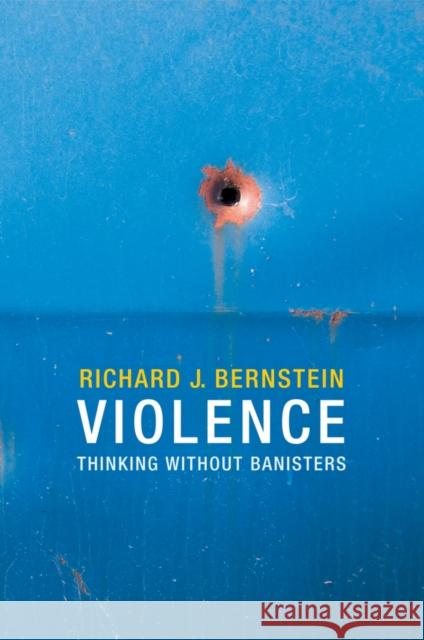Violence : Thinking without Banisters » książka
Violence : Thinking without Banisters
ISBN-13: 9780745670638 / Angielski / Twarda / 2013 / 208 str.
Violence : Thinking without Banisters
ISBN-13: 9780745670638 / Angielski / Twarda / 2013 / 208 str.
(netto: 268,95 VAT: 5%)
Najniższa cena z 30 dni: 279,51
ok. 30 dni roboczych
Dostawa w 2026 r.
Darmowa dostawa!
We live in a time when we are overwhelmed with talk and images of violence. Whether on television, the internet, films or the video screen, we can't escape representations of actual or fictional violence - another murder, another killing spree in a high school or movie theatre, another action movie filled with images of violence. Our age could well be called "The Age of Violence" because representations of real or imagined violence, sometimes fused together, are pervasive. But what do we mean by violence? What can violence achieve? Are there limits to violence and, if so, what are they?
In this new book Richard Bernstein seeks to answer these questions by examining the work of five figures who have thought deeply about violence - Carl Schmitt, Walter Benjamin, Hannah Arendt, Frantz Fanon, and Jan Assmann. He shows that we have much to learn from their work about the meaning of violence in our times. Through the critical examination of their writings he also brings out the limits of violence. There are compelling reasons to commit ourselves to non-violence, and yet at the same time we have to acknowledge that there are exceptional circumstances in which violence can be justified. Bernstein argues that there can be no general criteria for determining when violence is justified. The only plausible way of dealing with this issue is to cultivate publics in which there is free and open discussion and in which individuals are committed to listen to one other: when public debate withers, there is nothing to prevent the triumph of murderous violence.











